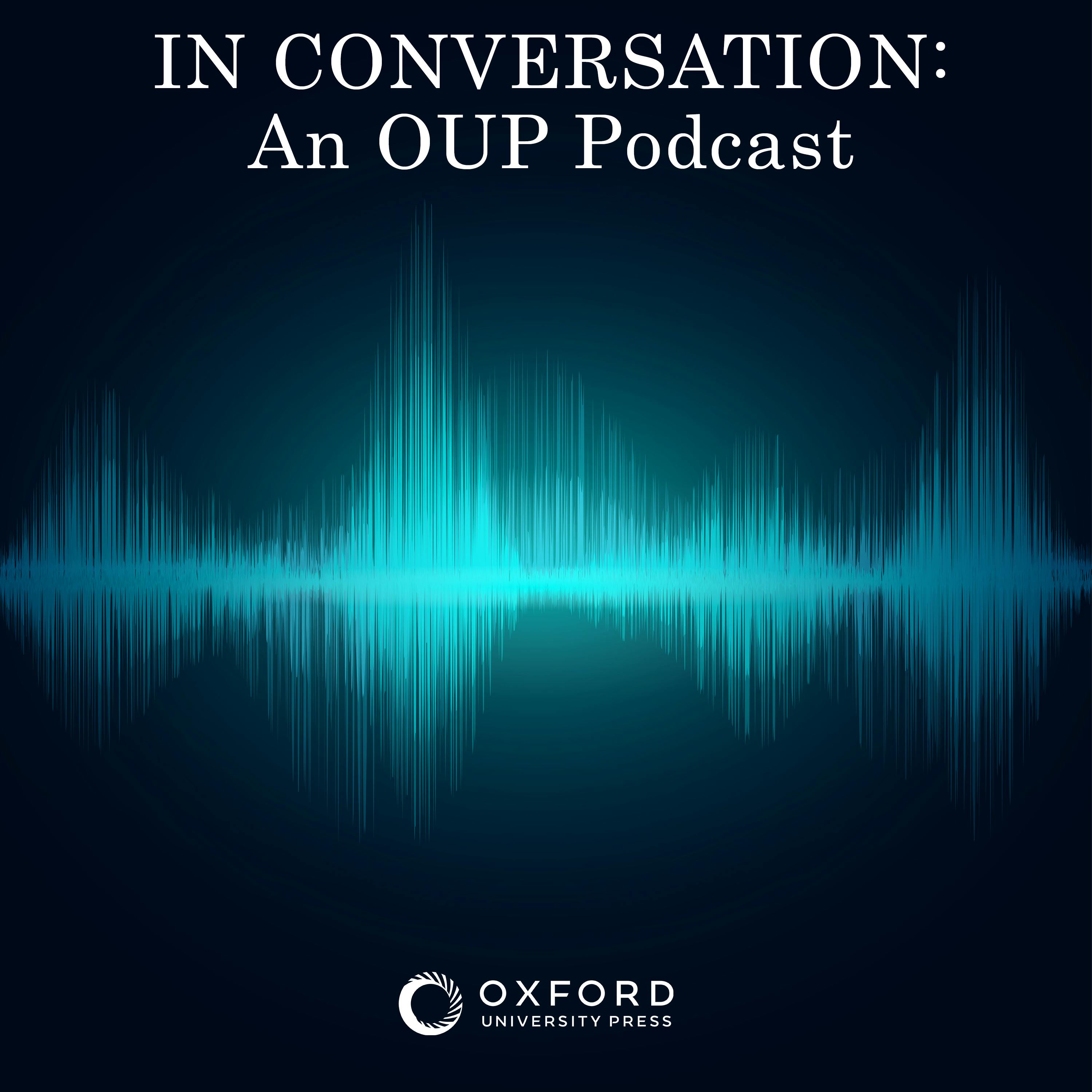
Susan Brewer, “Why America Fights: Patriotism and War Propaganda from the Philippines to Iraq” (Oxford UP, 2009)

In Conversation: An OUP Podcast
Shownotes Transcript
Like it or not, governments need to mobilize their populations in times of crisis and one of the ways they do it is to disseminate propaganda. Now this is uncomplicated if you are, say, Stalin and claim to know what’s best for everyone and control the media (and most everything else) completely. But what if you are, say, McKinley, Wilson, Roosevelt, Truman, Kennedy, Johnson, or Bush (II) and you don’t claim to know what’s best for everyone or control the media (or much anything else) completely? What does “propaganda” look like in a liberal democratic context where the government’s line can be challenged by you, me and everyone else? This is the important question Susan Brewer) addresses in her fascinating new book Why America Fights: Patriotism and War Propaganda from the Philippines to Iraq) (Oxford, 2009). The answer is not simple. American presidents were always running up against citizens–sometimes organized and sometimes not–who simply wouldn’t swallow the administration’s line about this or that war. Stalin could tell the Ministry of Truth to tell the people what the Truth was; American presidents couldn’t. They had to send their messages out into the “Marketplace of Ideas.” Sometimes people bought what was on offer (World War II), sometimes they didn’t (Vietnam). And Susan does a fine job of telling the whole story.
Please become a fan of “New Books in History” on Facebook) if you haven’t already.